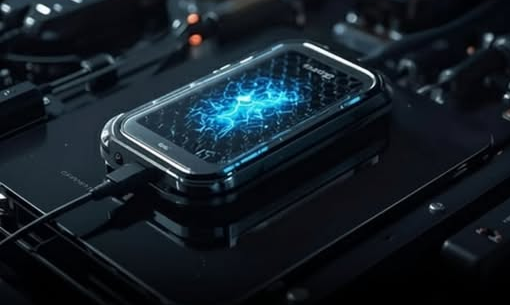The global race for next-generation electric vehicle (EV) batteries has taken a dramatic turn, with Chinese companies announcing breakthroughs in graphene-enhanced technology that promise to fundamentally redefine energy storage, addressing the critical consumer concerns of charging time, longevity, and safety.
Reports from Chinese battery developers and automakers, including EV giant BYD, suggest that commercial-grade batteries featuring graphene or graphene-enhanced components are poised to hit the market in the coming years with staggering performance metrics.
The most striking claim revolves around charging speed. Recent prototypes and announced charging systems from companies leveraging advanced materials indicate:
- Ultra-Fast Charging: Batteries can charge to a significant capacity—sufficient for hundreds of kilometers of range—in as little as 5 to 8 minutes, making EV “refueling” comparable to filling a gasoline tank.
- Extended Longevity: Graphene’s properties, which enable faster ion movement and better heat dissipation, are being linked to a significantly longer operational lifespan, with some industry tests suggesting up to four times the cycle durability of conventional lithium-ion cells.
Perhaps the most significant advancement is the leap in safety. Graphene’s superior thermal conductivity efficiently moves heat away from the cell’s core, drastically reducing the risk of thermal runaway—the main cause of battery fires.
China’s new mandatory national safety standard for EV batteries requires that cells must not catch fire or explode following an internal thermal runaway event. Chinese battery manufacturers are actively obtaining certification for batteries designed to meet this “No Fire, No Explosion” standard, with advanced chemistries like the graphene-enhanced materials playing a key role in achieving this new level of safety.
While the West continues to focus on solid-state and improved lithium-ion, China’s aggressive investment in advanced carbon materials—controlling over 95% of the world’s battery-grade graphite—positions it to dominate the next era of battery technology.
Industry experts project limited deployment in commercial fleets and high-performance consumer vehicles could begin as early as 2027, with broader adoption following soon after. The breakthrough marks a strategic move to solidify China’s lead in the global EV market, shifting the competitive edge from volume production to superior speed, safety, and performance.







